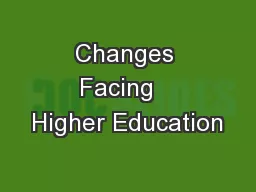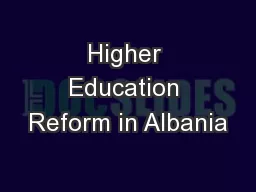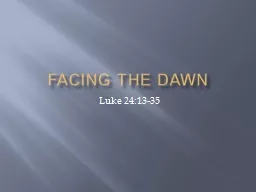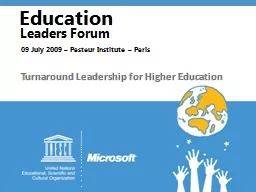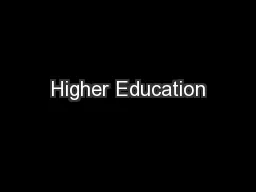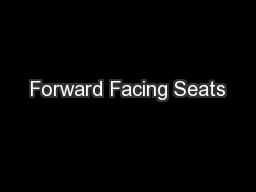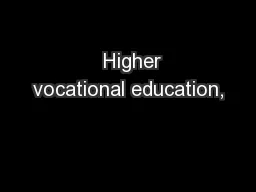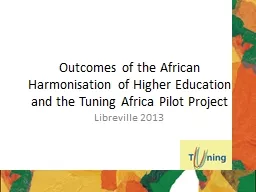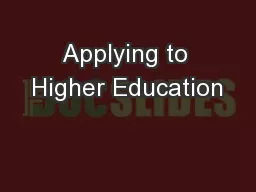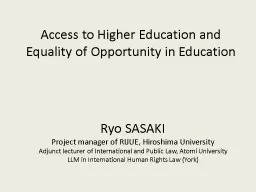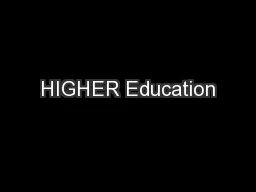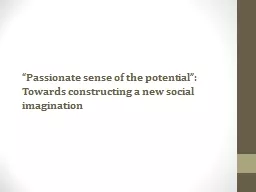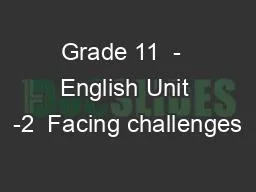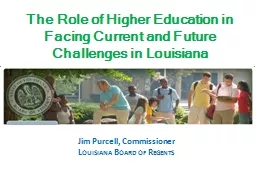PPT-Changes Facing Higher Education
Author : giovanna-bartolotta | Published Date : 2018-09-30
Demographic and Generational Shifts Demographic shifts will require all but the most selective colleges to address impediments to enrolling and graduating all
Presentation Embed Code
Download Presentation
Download Presentation The PPT/PDF document "Changes Facing Higher Education" is the property of its rightful owner. Permission is granted to download and print the materials on this website for personal, non-commercial use only, and to display it on your personal computer provided you do not modify the materials and that you retain all copyright notices contained in the materials. By downloading content from our website, you accept the terms of this agreement.
Changes Facing Higher Education: Transcript
Download Rules Of Document
"Changes Facing Higher Education"The content belongs to its owner. You may download and print it for personal use, without modification, and keep all copyright notices. By downloading, you agree to these terms.
Related Documents

